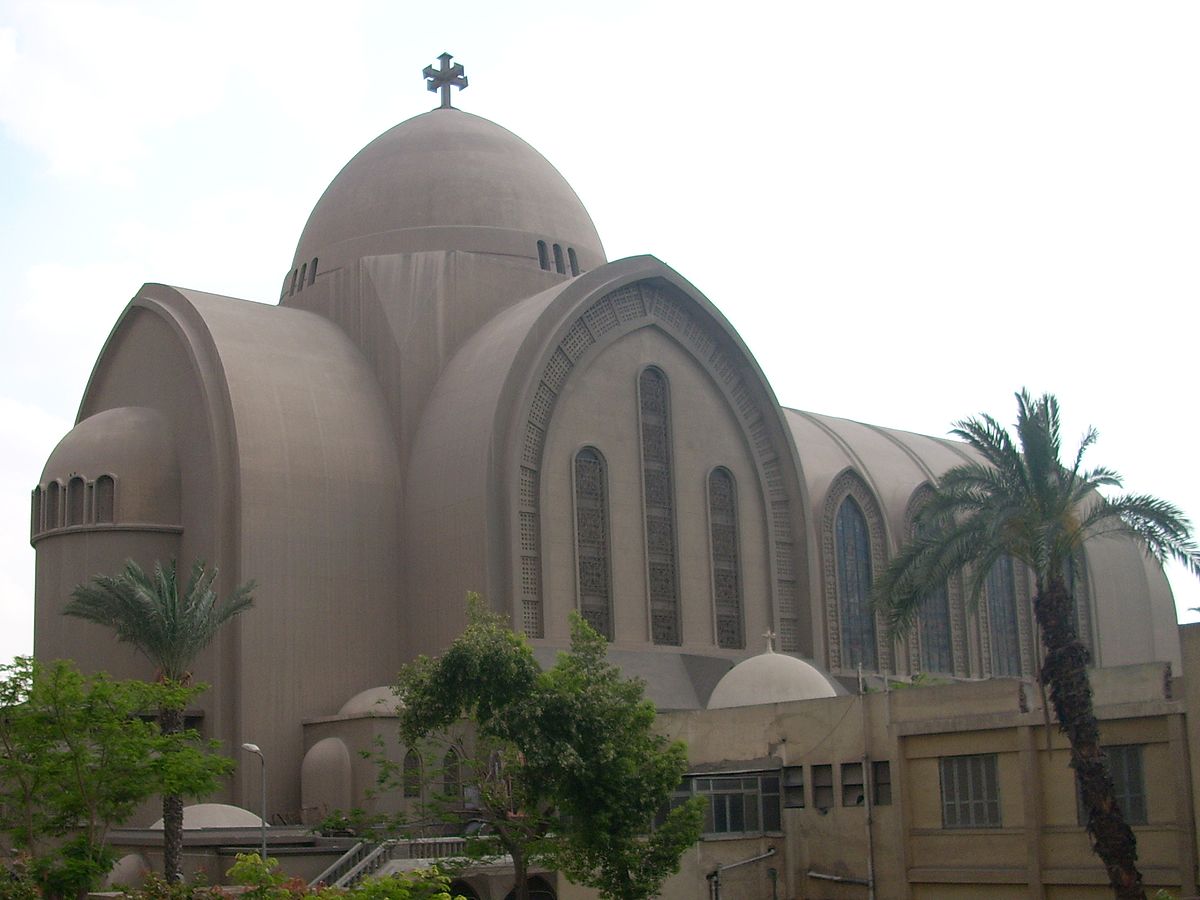
The southern tip of the African continent is home to one of the world's rarest plant kingdoms, but its equally remarkable for what happens in the waters that surround it.
A big clue comes from the name of the extraordinary 56-kilometer hiking that weaves through countryside: the Whale Trail.
The five-night, six-day trail takes its name from the hundreds of ocean-going giants that return to the waters off South Africa's De Hoop Nature Reserve each year.
I'm embarking on the trail on a Cape winter morning, when the is sun playing hide-and-seek with the clouds.
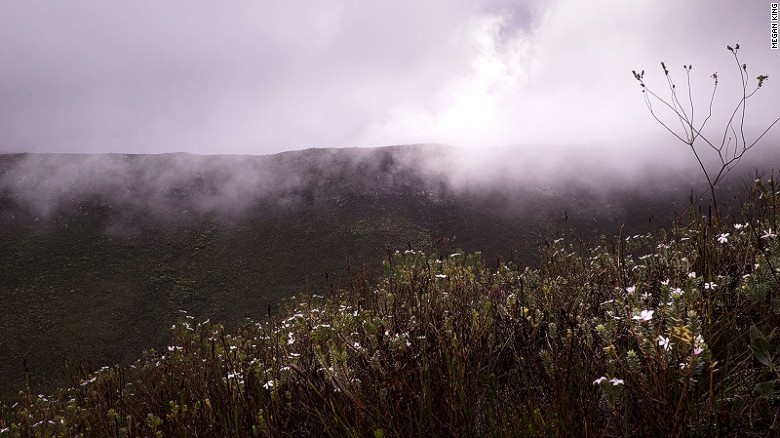
The Cape Floral Region is the only floral kingdom to occur entirely in one country. It was listed as a UNESCO World Heritage site in 2004.
It's during the winter months — from June to October — the coastline's transformed into one of the most important whale nurseries for these magnificent creatures.
These are so-called southern right whales which have migrated from a summer of feeding in the southern oceans near Antarctica, to calve and mate along the shoreline of one of the largest Marine Protected Areas (MPAs) in Africa.
Endangered species
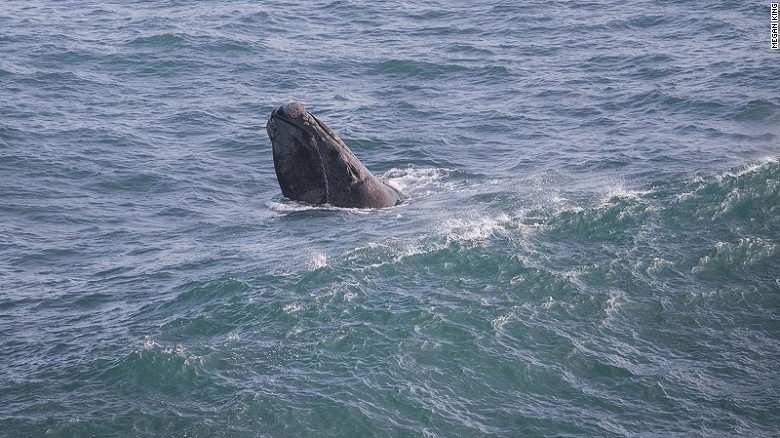
The Whale Trail is a gorgeous and remote 56-kilometer trek along the southern tip of Africa. It' named for the crowds of southern right whales that can be glimpsed offshore. These marine giants can grow to up to 15 meters in length and can weigh more than 47 tons. They're easily recognized by the callosities, often mistaken for barnacles, that cover their heads and blowholes.
They were named right whales by whalers who identified them as the "right" whale to kill on a hunt, their docile nature and proximity to the surface of the water making them easy targets for valuable oil and baleen.
Populations are steadily increasing since the banning of whaling and the push to protect endangered marine life through established MPAs.
The current population of southern right whales is estimated at 10,000.
With more than 100 whales being recorded here at a time, De Hoop is considered a mecca for whale watching.
Diverse terrain
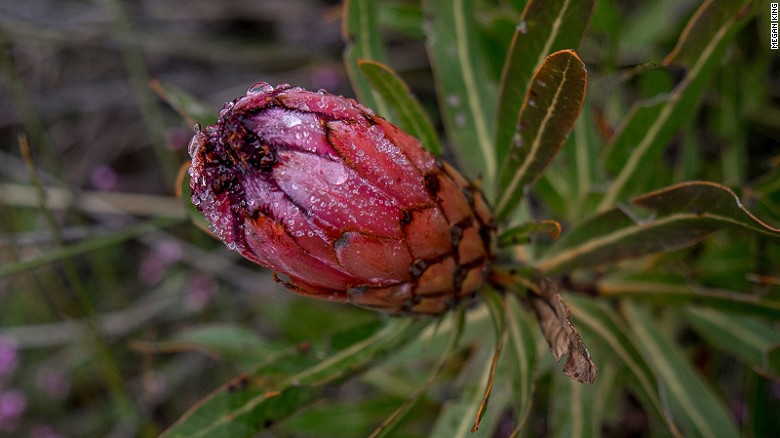
The diverse protea plant family is named after the Greek god Proteus, who could change his form at will.
Within the natural contrasts of some of the most varied coastal and mountain terrain in the world, the Whale Trail is an exceptional hiking experience.
The trail starts inland at Potberg, with a two-day trek towards the coast, and finishes on day six at Koppie Alleen.
Day one is the toughest and longest stretch, climbing Potberg Mountain to Cupidoskraal.
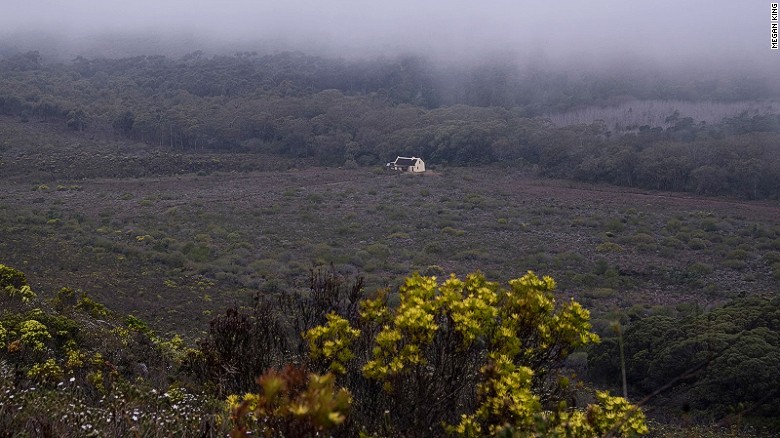
The first, and toughest, part of the trail leads from Potsberg to Cupidoskraal, where it's possible to overnight at this isolated cottage. The next day it's on to Noetzie and the coast.
The fynbos — the native shrubland — astonishes with its golden yellow and orange blooms.
On a clear day, Cape vultures can be seen gliding overhead what is one of their last remaining colonies in the region.
At the top of Potberg Mountain the views over the limestone fynbos plains are spectacular and looking down into the valley, I have the sensation of the land moving like a river beneath the wet, windswept clouds.
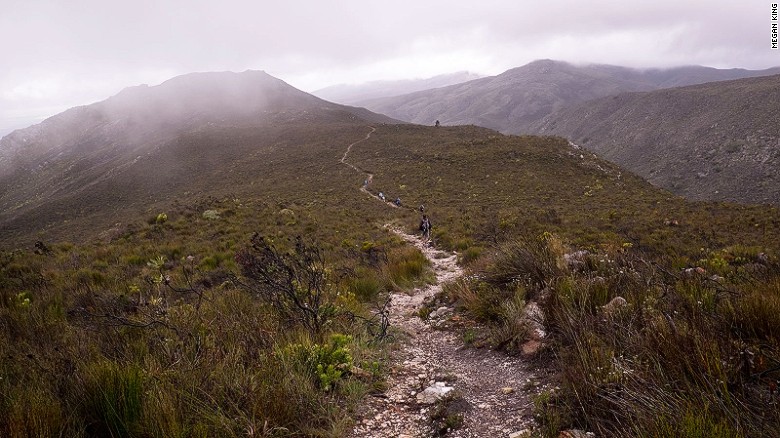
The first stretch of the trail descends from Potberg Mountain and meanders through the fynbos plains of De Hoop Nature Reserve. De Hoop encompasses 84,000 acres of coastal and mountain reserve offering whale-watching, hiking trails and rich wildlife.
Looking north, the borders of the reserve are clearly visible and in stark contrast to the manicured fields of agricultural farming that seem to be slowly closing in on the wilderness.
We descend along the watershed above Grootkloof where unique varieties of protea and erica grow. The cola-colored Melkhout River provides us with fresh drinking water, and the perfect spot to enjoy a cup of tea made on a portable stove.
Gateway to the ocean
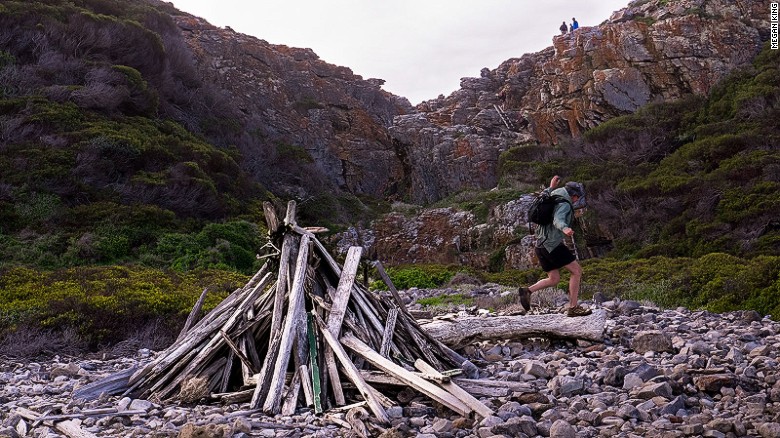
The trail starts inland and leads to the coast, with five overnight stops along the way.
The next day is a 14-kilometer walk from Cupidoskraal to Noetzie and provides an exquisite gateway to the ocean.
Along the route the fynbos is strikingly varied, with the vegetation of the Table Mountain sandstone overlapping with the limestone hills shrubland that is infused with the salty sea air.
The local plant and animal populations have specifically adapted to suit this mixed-vegetation terrain.
Day three is spent exploring the tidal pools and caves along the coastline before reaching Hamerkop.
Standing atop the coastal cliffs we spot the whales breaching and diving less than a kilometer from shore.
After the initial excitement of the first sighting, the whales are rarely out of view and, like watchers and guides, seem to travel along the coastline with us.
Starlight and solitude
From Hamerkop to Vaalkrans the trail is a 10-kilometer beach walk.
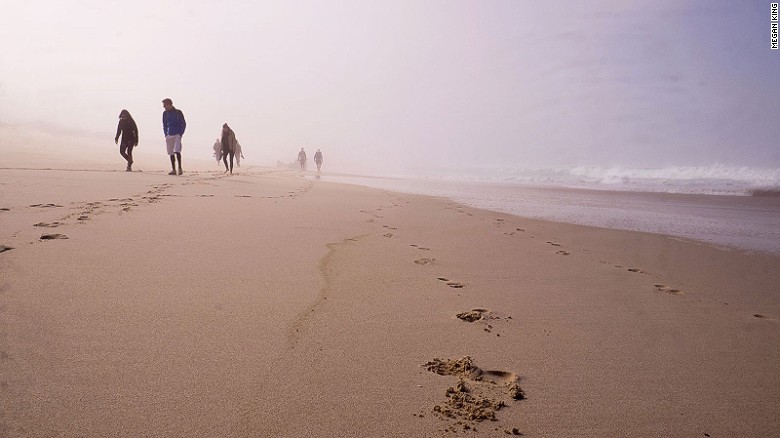
The 10-kilometer stretch between Hammerkop and Vaalkrans is mostly a beach walk. Oystercatchers and whitebreasted cormorants are some of the bird life that can be spotted en route.
We pass remarkable formations of intertidal pools on wave-cut rock platforms and coral reefs.
The Lekkerwater beach holds a piece of South African history with the old vacation home of F.W. De Klerk, the last president of apartheid-era South Africa.
The final night is spent atop a cave in the Vaalkrans stone cottage where waves can be heard crashing onto sculpting the jagged shorelines beneath the cliffs.
Sitting around the fire, we reflect on the beauty of the previous days and trace constellations in the brilliant starlit sky.
Apart from the whales and other special marine and plant eco-systems, the magic of the Whale Trail lies in its quietude.
The only other humans you'll meet are the group you arrived with, allowing you to enjoy undisturbed contact with the wilderness.

